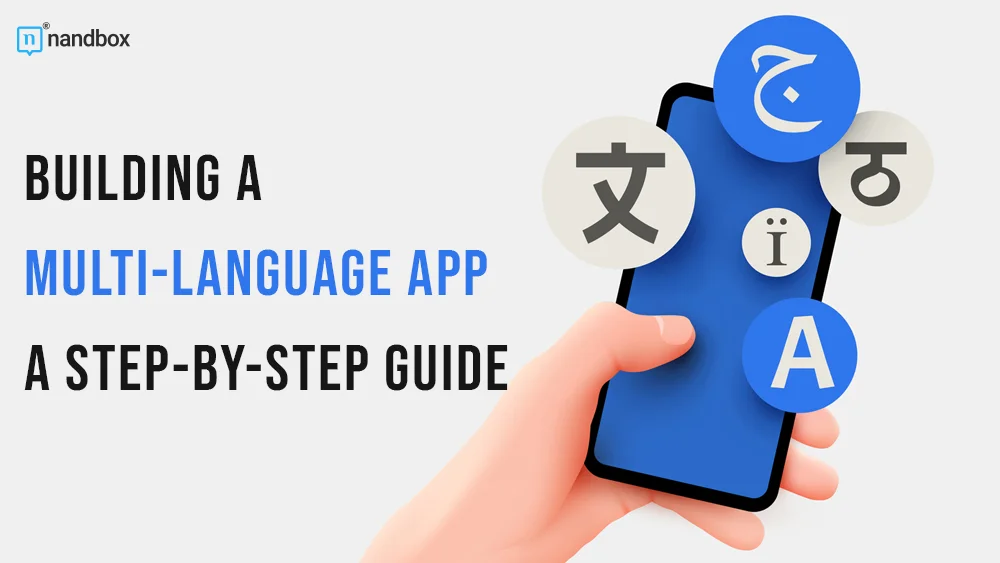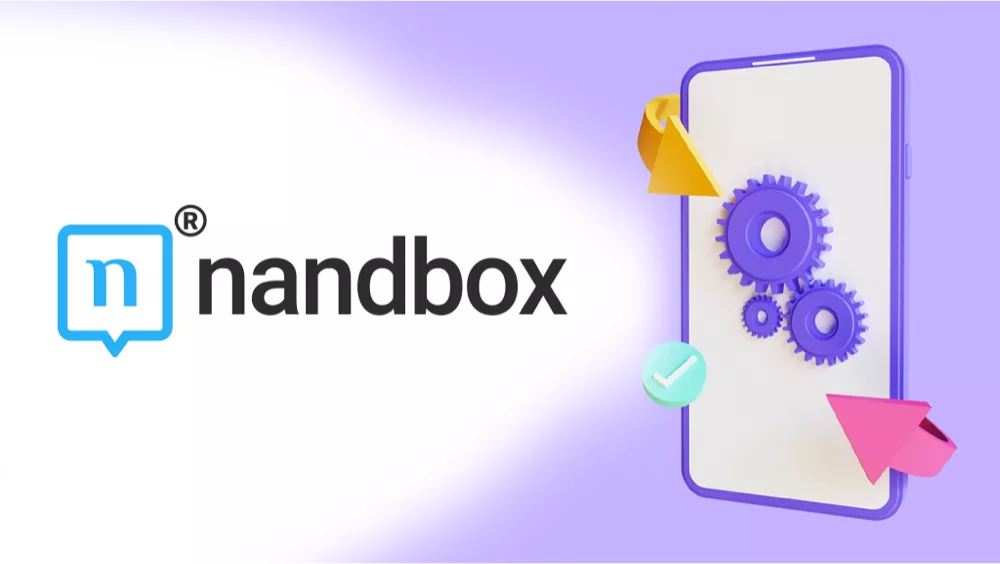It is impossible to overstate the value of multilingual apps in today’s globalized society. As the need for cross-cultural communication and cooperation grows, so does the importance of multilingual software and apps. We answer the critical question, “Why do multilingual applications matter?” in this article. We dive deep into the various ways in which these applications benefit people at all levels of society. The value of multilingual apps goes well beyond linguistics in such areas as user experience design, audience growth, cross-cultural communication, and the promotion of diversity and inclusion. Accompany us on this intriguing journey as we explore the reasons behind the rising significance of multilingual applications in the modern digital landscape. In addition, you will learn all about developing a multi-language app.
What Are Multilingual Apps and How Did They Start?
The rise of smartphones and apps in the mid-2010s can’t be anything but exceptional. Although it wasn’t very sudden and came at multiple stages, it took the world by storm for a very long time. From the release of the first phone app to the establishment of app stores, these were all notable milestones. Apps at first were all in English; it was very rare that you found an app that supported a language other than English. But why is that? Well, it was said that usually smartphone owners or people who have access to app stores are all English speakers, or even the majority of them. However, sometime after, the users’ demand increased, and so did the regions and countries that used apps.
This is when the concept of multilingual apps emerged. Multilingual apps are the types of applications that can support more than one language. For instance, you downloaded an app in the standard language of English. However, you are Spanish and know very little about English, so you seamlessly change your app’s language into Spanish, and it changes instantly.
A multi language app also means an app that has more than one version on app stores with different languages. It is not limited to apps with multiple languages embedded inside. This category of apps is very broad and has many types and forms, which emphasizes the idea of how significant it is.
Importance of Multilingual Apps
Global Reach
Having an app that works in more than one language is a great way for businesses and developers to expand their customer base. Providing content and services in multiple languages allows them to reach a wider audience and potentially expand their business.
Increased User Engagement
Users are more likely to interact with and use an app if it is available in their primary language. Content that is available in multiple languages improves user satisfaction, retention, and the overall experience.
Competitive Advantage
To gain an edge in many markets, businesses should consider providing service to users in multiple languages. Having content available in more than one language shows that you care about your customers and gives your app an edge over others who don’t.
Cultural Sensitivity
Apps that support multiple languages can be more culturally aware and adaptable to users’ needs. The user experience can be vastly enhanced when content, features, and design elements are adapted to conform to cultural norms, preferences, and expectations.
Access to Emerging Markets
Business and app developers can benefit from a multi language app as the importance of emerging markets continues to rise. This strategy makes it easier to have a strong presence in markets where multiple languages are spoken.
Improved Communication
Multilingual support is essential for communication and messaging apps to facilitate efficient and diverse communication between people of different linguistic backgrounds. This may be especially significant in both business and personal settings.
Legal Compliance
To guarantee equal access and user rights, regulations in some regions mandate that apps be available in more than one language. A business’s reputation and legal standing could be put at risk if its app didn’t follow the rules.
Customer Support
An app’s ability to provide customer support in multiple languages can greatly improve the app’s usability and the rate at which users can resolve issues. This is especially crucial for business apps and those that provide a service such as food delivery or healthcare.
Analytics and Data Collection
Data collected from users of a multi language app can be used for a variety of purposes, including but not limited to market research, studies of user behavior, and enhancements to existing products. This can greatly improve the apps and services provided by businesses, as well as help them offer more personalized experiences.
Accessibility and Inclusivity
By catering to users of various linguistic backgrounds and language preferences, multilingual apps help to foster a more accepting and diverse digital community. This is consistent with accessibility principles and ensures that a wider variety of users can take advantage of the app’s functions and features.
Challenges of Developing a Multi-Language App
As much as a multilingual app can be very important and beneficial for business, it also has some drawbacks and challenges. Thus, let us explore some of them:
Content Translation
It is a significant challenge to translate the app’s content, which includes text, images, and multimedia, accurately and in a way that is culturally appropriate. The differences in sentence structure, idioms, and cultural connotations between languages can make translation difficult.
Maintaining Consistency
It can be difficult to maintain translation and update consistency across the app’s content. This is why it is essential to employ a translation management system or other tools that facilitate simple translation updates.
Right-to-Left (RTL) Languages
Providing linguistic and technological support for right-to-left languages like Arabic is complex. The layout, design, and user interface need to be modified to accommodate the right-to-left reading direction of these languages.
Font Support
Unfortunately, not all fonts support all languages, so users may need to install additional fonts in order to read content written in a language other than their own. It can be difficult to ensure correct font support for all available languages, as it can be a burden for both users and developers.
Testing and Quality Assurance
Multilingual app testing presents unique challenges. Device settings, character sets, and text input methods may vary by language. There needs to be extensive testing to guarantee that the app will run smoothly in all of the languages it will support and on all of the devices that will be used to access it.
Updating and Maintenance
Keeping a multilingual app updated is a never-ending task. Developers have the time-consuming task of making sure translations are kept up-to-date as the app changes and new content is added.
Tips and Tricks to Create an Effective Multilingual App
As much as localization can have many challenges, there are also many solutions. With the widespread use of multilingual apps, developers have established a list of tips and tricks that could make this process much easier and more effective. So, without further ado, let us explore a few tips and tricks that could enhance your multilingual app.
Do Extensive Research on Your Target Audience
The first thing you need to do when creating multilingual apps is to conduct extensive research. You need more than just knowing that your target audience might contain non-English speakers alone. In addition to the blessing of knowledge, you have to dig deeper. This includes using research tools and conducting interviews, focus groups, and surveys. For instance, you could use tools like Google Analytics to take a look at the countries that favor your app, which can be a lot. In this case, developing a multilingual app is the ultimate solution.
Establish A Well-Organized Localization Strategy
App localization is at the core of developing any multilingual app. Localization is the process of adjusting an app in all aspects and elements to match up with other cultures. Localization doesn’t only include adjusting content to other languages; it also includes design, interface, features, and so on. That is why localization is at the heart and core of any development process. However, localization is not an easy process and can be tackled from many perspectives. This is why it is very important to choose and establish a well-planned and organized localization strategy that can highlight the most important parts of the application that need to be adjusted and adapted.
Settle on a Translation Process
Translation is a complex process, as making a multilingual app needs an accurate and precise one to avoid dissatisfaction. Usually, developers use one of two translation processes. Expert and qualified translators perform this first type, which is human translation. The human translation process is more precise and accurate. In addition, it feels more natural and real. However, this process can be a burden as it requires much time, effort, money, and resources. That is why it might be ideal for apps that have a small amount of content. On the other hand, the first type is machine translation. Machine translation means relying on tools such as AI-powered translation tools to adjust the app content and anything else. Of course, with this type, the accuracy rate is much lower, no matter how advanced the tool is. However, it is a more cost- and effort-effective way.
Make Testing Your First Priority
Developing multilingual apps requires much revision, as you need to make sure of the accuracy of each and every element and aspect. The most important stage of any app development process is usually developing and incorporating features. But in the case of developing a multilingual app, testing is much more significant. Extensive testing will not only help you ensure accurate translation, placement, etc. It will also pinpoint any errors, bugs, or performance issues and, in turn, enhance both usability and functionality.
How to Create a Multilingual App With Nandbox!
There is no doubt that multilingual apps are very significant, given that there are now more than 6 billion app users from different countries, cultures, and languages. That is why nandbox realized this significance, worked on the concept, and now proudly announces that it supports developing multilingual apps. Whether you want your app in Spanish, Arabic, English, or Chinese, nandbox has got you covered. So, let us start by walking you through how you can make a multilingual app with nandbox, shall we?
1. Choose Your Template
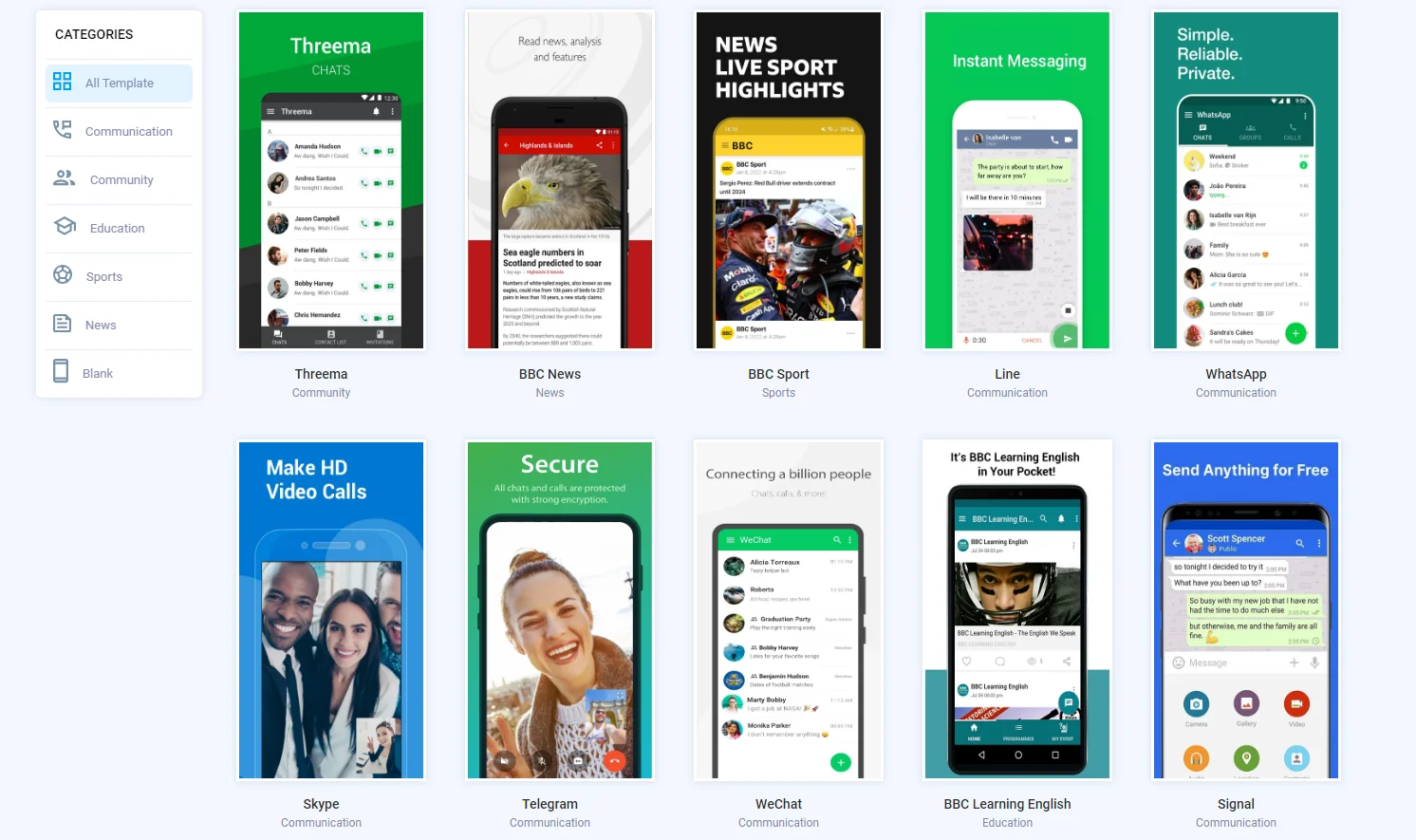
The first step is to start by choosing a template. These temples are pre-made imitations of popular apps in many categories that you can choose from, such as communication, community, educational, and so on. If you want to start from scratch, you can always start with a blank template and build your app from the ground up.
2. Sign Up!
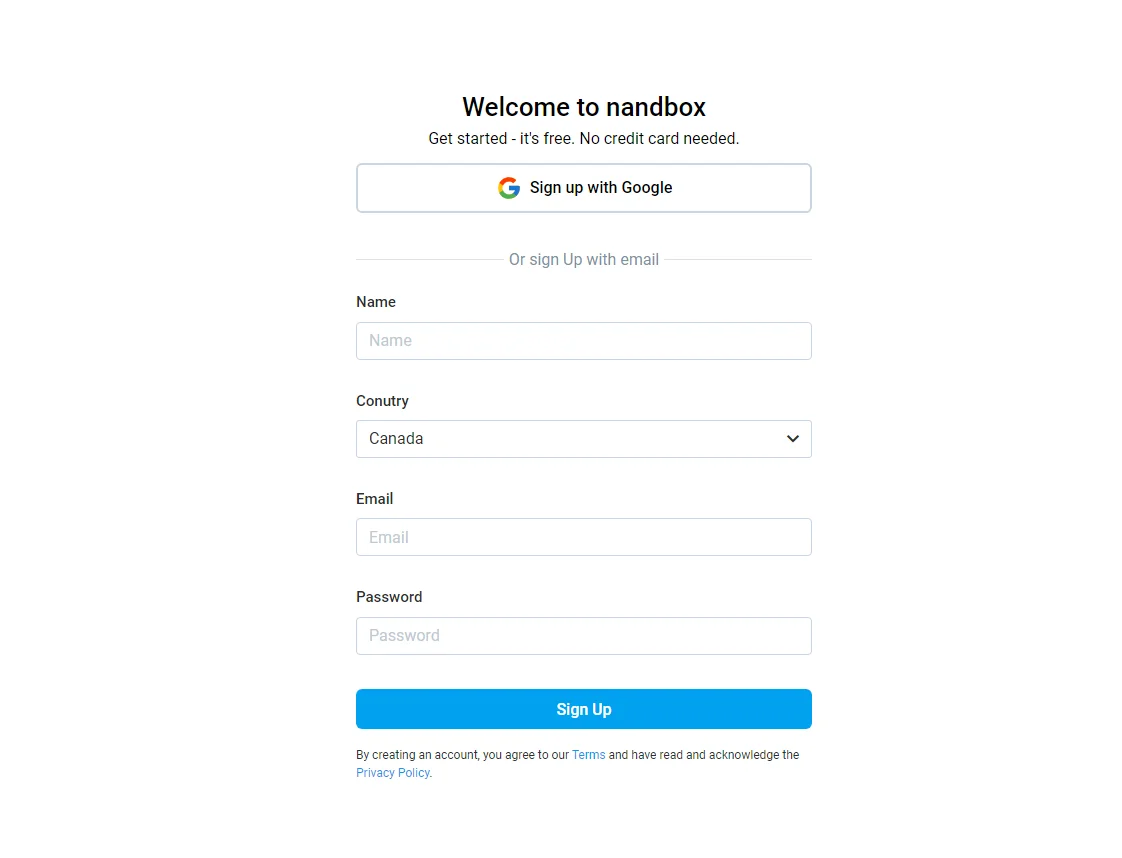
The second step is signing up. The registration process at nandbox is as simple as it can be. All you have to do is fill in your information and verify using an OTP code, and you are all done! Or you could go easier and sign up using your Google account. By signing up, you automatically unlock a 15-day trial where you don’t need any credit card information or make any kind of payment.
3. Customize Your App
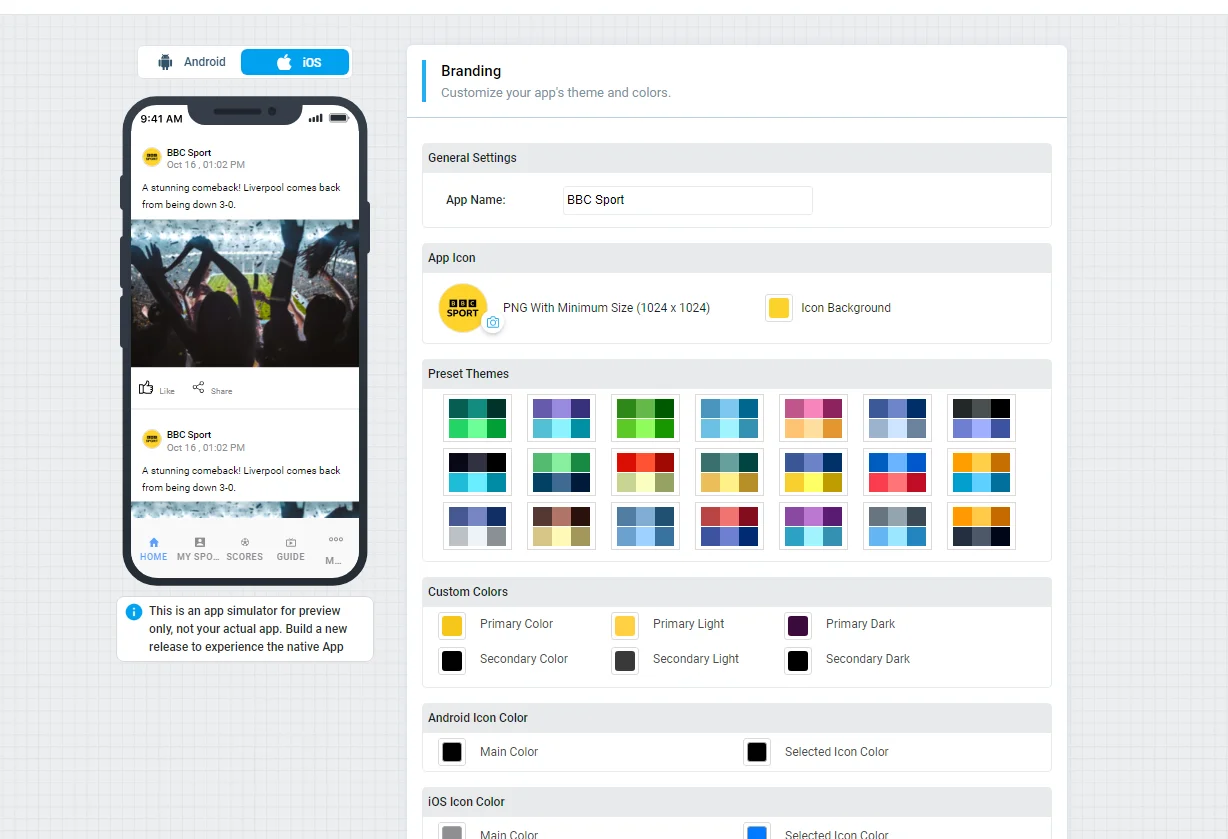
Now that we are done with the registration, the first section that you will come across is the branding section. The branding section is where the magic happens. It is where developers can customize their apps in terms of colors, icons, and so on. This is usually followed by going through and implementing features in the home and side menu
4. Choose Your App’s Language
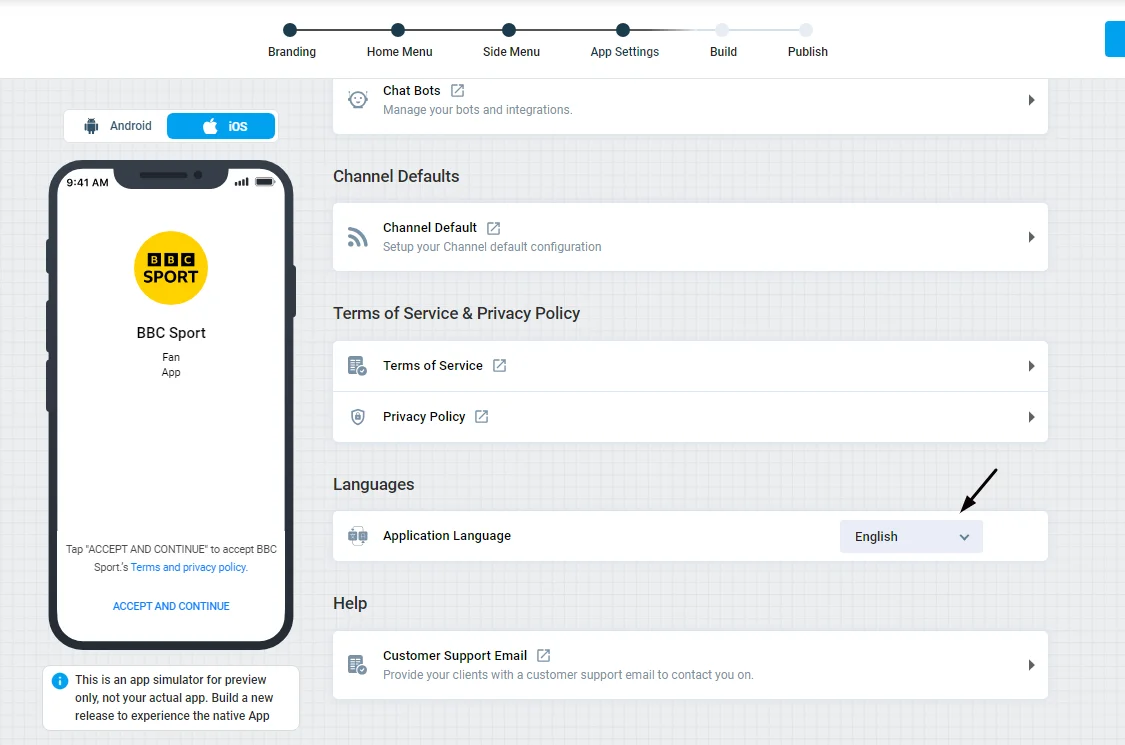
Coming up is the most important part of this walk-through. Now that you are done with branding features and so on, we will move up to the app settings section. This section is where developers can adjust the general settings. At the very end of the app settings, you will find the language options. As much as it can appear to be negligible, it is a very important feature. From this button, you will be able to choose the suitable language for your app. The available languages now are English, German, Spanish, French, Italian, Portuguese and Chinese.
This feature is not limited to this number of languages, as many will be available in the next release very soon. Upon choosing one of these languages, your app will take a massive turn. Each element and feature will be displayed in the said language. Even if you write all your content in English, it will be instantly translated into your chosen language. The nandbox app builder relies on very advanced translation software that is both reliable and accurate to ensure an effective multi language app.
So, now that you know all about this work of art, why don’t you give it a go? Waste no time and try the nandbox app builder now for both an effective and affordable multi language app development process!
